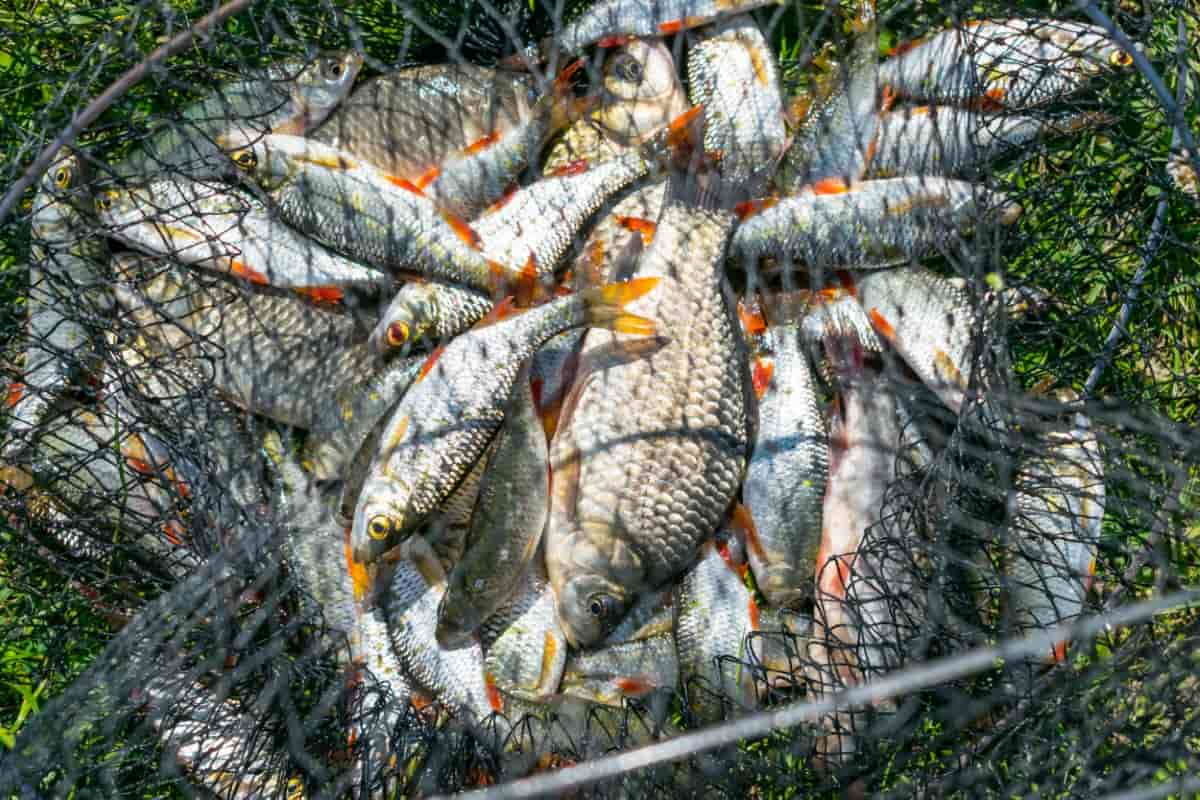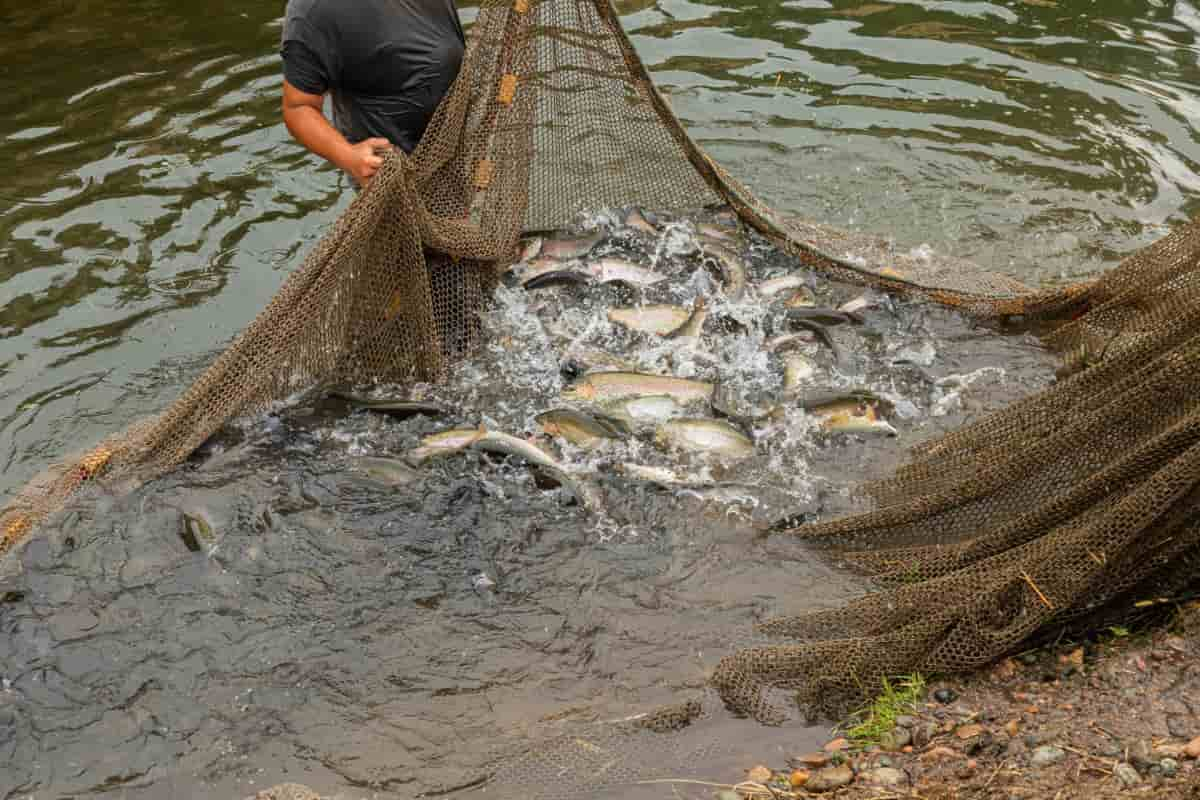Fish farming in India presents a lucrative opportunity for entrepreneurs, combining traditional practices with modern aquaculture techniques. This article delves into the comprehensive aspects of starting and managing a fish farming business, covering costs, profits, and sustainable practices.

Fish Farming Project Report
Understanding the Aquaculture Industry: A Comprehensive Guide to Profitable Fish Farming
The aquaculture industry, particularly fish farming, has gained significant momentum as a lucrative business opportunity. This entails commercial fish cultivation in tanks or enclosures, typically for food production. A comprehensive fish farming project report is crucial for those seeking a bank loan or financial assistance from institutions like NABARD (National Bank for Agriculture and Rural Development) in India.
This report typically includes a detailed cost and profit analysis, which is essential for understanding the financial aspects of the venture. In India, where the demand for fish as a protein source grows, fish farming presents a viable business opportunity. The success of a fish farming business largely depends on various factors, including the choice of fish species, the efficiency of farming practices, and the effectiveness of marketing strategies.
Selecting the Right Fish Species for Your Aquaculture Business
Choosing the right fish species is critical in setting up a successful aquaculture business. Factors like local demand, growth rate, and disease resistance of the fish should be considered. In India, popular choices include carp, catfish, and tilapia, known for their adaptability and market demand. Selecting fish species well-suited to the local climate and water conditions can significantly reduce disease risk and increase survival rates. Additionally, opting for species with shorter harvest cycles can lead to quicker returns on investment.
Creating a Sustainable and Efficient Fish Farming Operation
Several aspects need to be considered to create a sustainable and efficient fish farming operation. These include the design of the fish ponds or tanks, water quality management, feeding practices, and disease control. Efficient water management practices are crucial to ensure the health and growth of the fish.
Monitoring water parameters like pH, oxygen levels, and temperature is essential. Feeding the fish high-quality feed that meets their nutritional requirements is also vital for their growth and health. Moreover, proper disease control measures can prevent losses and ensure a healthy fish population.
Marketing Strategies for Selling Your Farmed Fish Products
Identifying the target market and understanding consumer preferences is crucial. Developing relationships with local markets, restaurants, and supermarkets can help maintain steady demand. Additionally, exploring online marketing channels can widen the customer base. Offering fresh, high-quality fish at competitive prices can attract more customers. Participating in local fairs and food festivals can increase visibility and promote the brand.
In case you missed it: Fish Farming Regulations and Permits: Every First-Time Fish Farmer Should Know These

Financial Planning and Management in Fish Farming Business
Preparing a detailed project report for a bank loan is an essential step. This report should comprehensively analyze costs, including land acquisition, construction of ponds or tanks, seed, feed, and other operational expenses. Additionally, it should project potential revenues and profits. Keeping track of expenses and revenues is important for managing the finances effectively. Seeking financial advice or assistance from institutions like NABARD can also be beneficial, especially in managing risks and optimizing profitability.
Innovations and Technology in Aquaculture for Increased Profitability
Embracing innovations and technology can significantly enhance the profitability of a fish farming business. Modern techniques like recirculating aquaculture systems (RAS) allow for better control of the environment and can lead to higher fish production. Automated feeding systems and water quality monitoring technologies can reduce labor costs and improve efficiency. Genetically improved fish breeds can contribute to higher growth rates and better disease resistance.
Environmental Considerations and Best Practices in Fish Farming
Environmental considerations are crucial in fish farming to ensure sustainability and regulation compliance. Best practices include maintaining optimal water quality to prevent pollution, responsibly sourcing feed to reduce environmental impact, and implementing biosecurity measures to prevent disease outbreaks.
Regularly overseeing and controlling the farm’s influence on the nearby ecosystem is crucial. Sustainable practices not only contribute to the health of the fish but also ensure the long-term viability of the fish farming business. Adopting eco-friendly practices can also enhance the market appeal of farmed fish products.
Regulations and Compliance in the Aquaculture Industry
Navigating the regulations and ensuring compliance is crucial to running a successful fish farming business. In India, fish farming is subject to various regulations governing environmental impact, health, and safety. Farmers must adhere to guidelines set by local and national authorities, including obtaining necessary permits, following water use and quality standards, and ensuring proper waste management.
In case you missed it: Natural Ways to Increase Fish Feed Production in Ponds

Compliance with these regulations prevents legal issues and promotes sustainable practices. This adherence ensures the long-term sustainability of the aquaculture business and helps maintain a good reputation, which is essential for market acceptance and growth.
Scaling Up Your Fish Farming Business for Long-Term Success
Scaling up a fish farming business involves expanding production capacity, enhancing operational efficiency, and penetrating new markets. To achieve long-term success, it’s crucial to plan the expansion carefully. This includes assessing the market demand, ensuring adequate financial resources, and upgrading infrastructure.
Diversification of fish species, exploring new marketing channels, and implementing advanced technologies can also contribute to scaling up the business. Building a strong brand and maintaining high-quality standards are vital for customer retention and attracting new clients. Scaling up should be gradual, accompanied by continuous monitoring and adjustments to ensure sustained profitability and resilience against market fluctuations.
Fish Farming Cost and Profit Analysis: Project Report
Land and Water Costs
- Land purchase or lease: ₹20,000 to ₹50,000 per acre.
- Water costs: ₹5,000 to ₹10,000 per acre per year.
Fish Seed and Feed Costs
- Fish seed (fingerlings): ₹500 to ₹1,000 per kilogram.
- Fish feed: ₹1,500 to ₹3,000 per ton.
Equipment and Infrastructure Costs
- Ponds and tanks: ₹50,000 to ₹1,00,000 per acre.
- Aeration and pumping systems: ₹50,000 to ₹1,00,000.
- Fish handling and harvesting equipment: ₹20,000 to ₹50,000.
Labor Costs
- Farm laborers: ₹15,000 to ₹30,000 per month.
- Skilled laborers (e.g., veterinarians, feed specialists): ₹30,000 to ₹50,000 per month.
Marketing and Sales Costs
- Advertising and promotion: ₹5,000 to ₹10,000 per month.
- Sales and distribution costs: ₹5,000 to ₹10,000 per month.
Revenue from Sales of Fish
- Average price per kilogram of fish: ₹100 to ₹200.
- Total revenue per acre per year: ₹2,000,000 to ₹4,000,000.
Revenue from Sales of Fish Seed and Feed
- Average price per kilogram of fish seed: ₹500 to ₹1,000.
- Average price per ton of fish feed: ₹15,000 to ₹30,000.
- Total revenue from seed and feed sales per year: ₹500,000 to ₹1,000,000.
Total Investment
The total investment for starting a fish farming business in India ranges from ₹2,500,000 to ₹5,000,000. These figures are, however, estimates, and actual costs and revenues may vary based on location, fish species, and market conditions.
In case you missed it: Top 10 Common Mistakes to Avoid in Fish Farming

Conclusion
When managed effectively, fish farming in India offers a promising avenue for economic growth and sustainability. Entrepreneurs can successfully navigate this challenging yet rewarding industry by understanding the nuances of costs, revenues, and environmental best practices.
- Ultimate Guide to Ossabaw Island Hog: Breeding, Raising, Diet, and Care
- Ultimate Guide to Juliana Pig: Raising Facts, Size, Diet, Care, and Lifespan
- Raising Lleyn Sheep: Disadvantages, Price, Uses, Characteristics, and Care
- Ultimate Guide to Meishan Pig: Breed Facts, Breeding, Raising, and Care
- Ultimate Guide to Teacup Pigs: Raising, Diet, Lifespan, Cost, and Care
- Guide to Raising Poll Dorset Sheep: Facts, Profile, Characteristics, Uses, and Care
- Ultimate Guide to Bighorn Sheep: Characteristics, Diet, Lifespan, Breeding, and Lifecycle
- Ultimate Guide to Raising Katahdin Sheep: Farming Facts, Breed Profile, Uses, and Care
- Ultimate Guide to Raising Oreo Cows: Belted Galloways Farming Facts, Profile, Uses, and Care